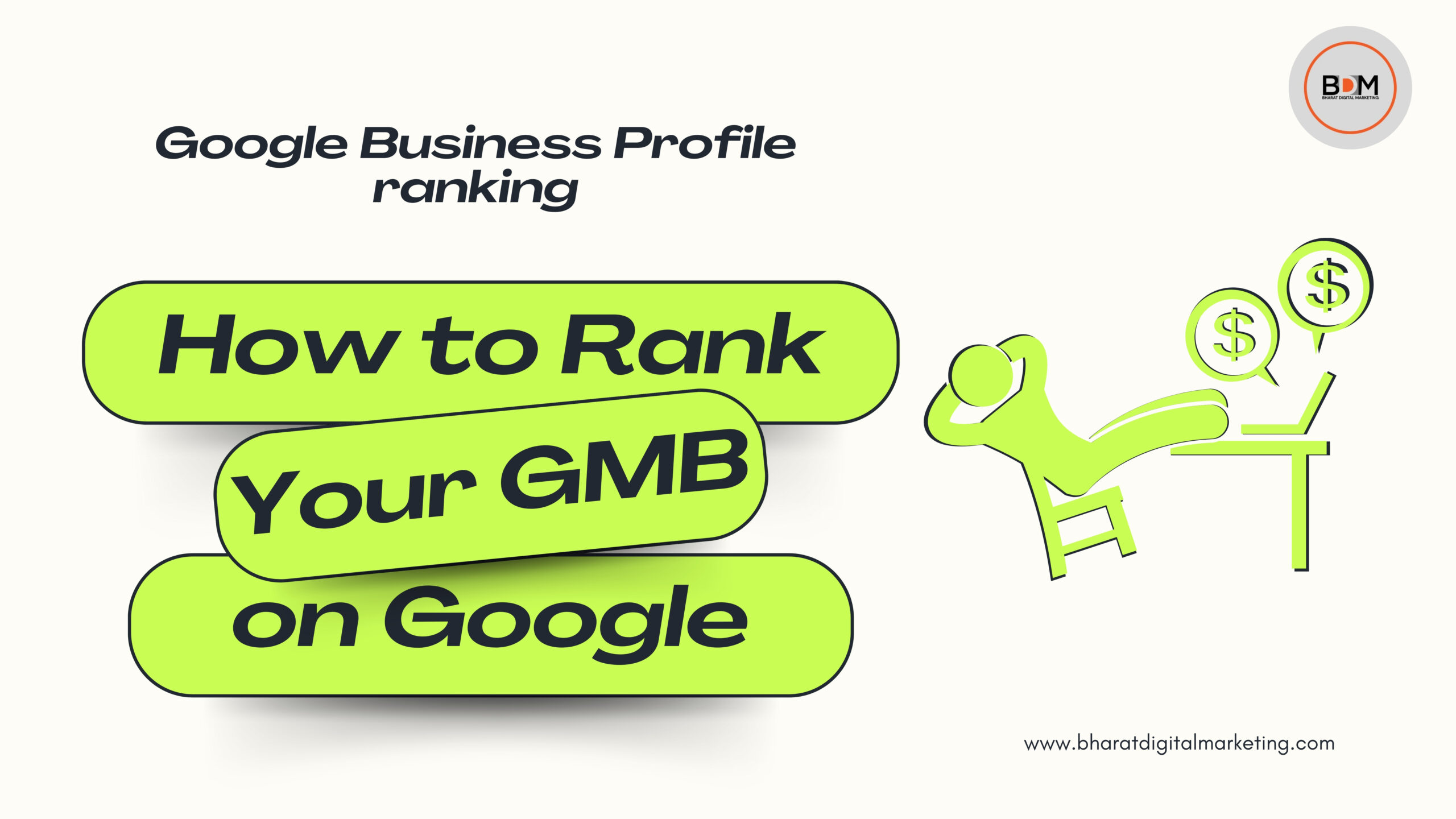If you’re new to SEO, you may have heard about canonical tags but may not be sure what they are and how they work. Canonical tags are an essential part of SEO, and understanding how they work is crucial to avoid duplicate content issues and improving your website’s search engine ranking. In this blog post, Bharat Digital Marketing will provide a simple guide to canonical tags for beginners.
What is Canonical Tags?
A canonical tag is an HTML element that informs search engines about the preferred version of a URL when multiple versions of the same content exist. It’s used to prevent duplicate content issues and consolidate link equity (ranking power) to a single URL. In other words, it helps search engines understand which version of a page to index and display in search results.
Why Use Canonical Tags?
Duplicate content is a major issue for SEO. When search engines find multiple versions of the same content, they may not know which version to index and display in search results. This can result in a dilution of ranking power, lower search engine ranking, and wasted crawl budget. By using canonical tags, you can tell search engines which version of the content is the preferred one, ensuring that the right version is indexed and displayed in search results.
How to Use Canonical Tags?
To use canonical tags, you need to identify the primary URL and add a canonical tag to the other versions of the same content. Here’s an example:
Suppose you have a blog post with the following URLs:
- example.com/blog-post
- example.com/blog-post?utm_source=twitter
- example.com/blog-post?utm_source=facebook
In this case, the primary URL is example.com/blog-post, and the other two URLs are variations with different tracking parameters. To avoid duplicate content issues, you need to add a canonical tag to the two variations, pointing to the primary URL. Here’s how to do it:
<link rel="canonical" href="https://example.com/blog-post" />
Add this code to the header section of the two variations, and search engines will understand that the primary URL is the preferred one.
Conclusion
Canonical tags are an essential part of SEO and help to prevent duplicate content issues and improve search engine ranking. As a beginner, it’s essential to understand how canonical tags work and when to use them. Bharat Digital Marketing believes that canonical tags are a simple but effective way to improve your website’s search engine ranking and avoid duplicate content issues. By following the guidelines outlined in this blog post, you can start using canonical tags on your website and reap the benefits of better SEO.





